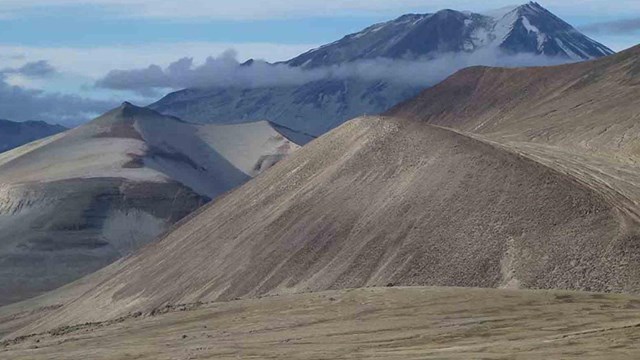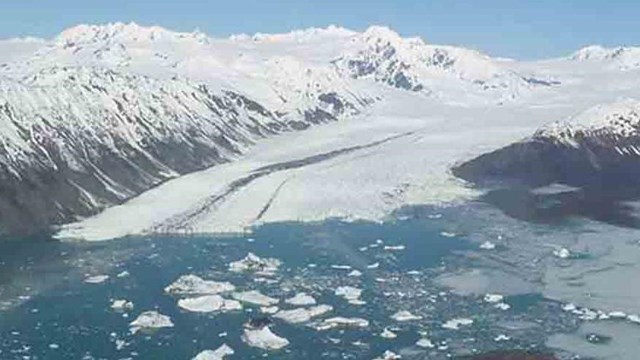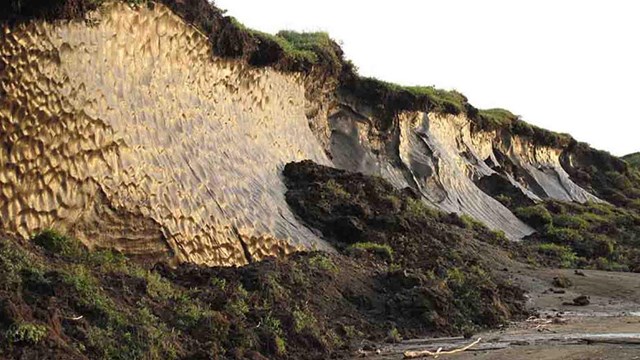
Permafrost underlies Alaska's Arctic parks and parts of other interior parks; it influences many facets of park ecosystems.
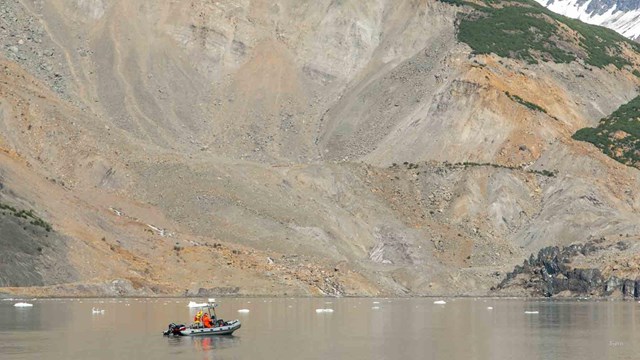
Learn more about geohazards, including debris flow events in Wrangell-St Elias National Park and Preserve.
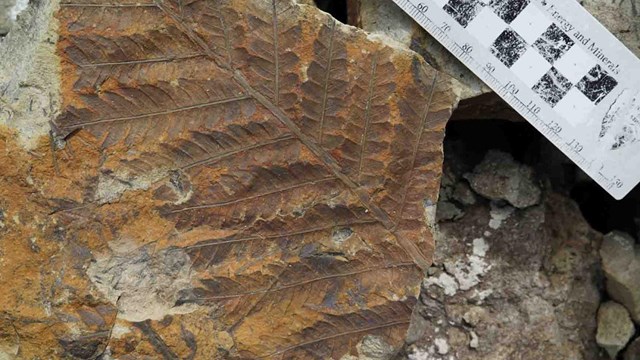
Alaska's parks have fossils not found in other regions of the National Park System. They can tell us about the active geology of the past.
Geologic Resource Inventories (GRI) provide parks with digital geologic map data and a park-specific geologic report. These products are designed to enhance stewardship of park resources by providing valuable information about geologic formations, hazards, and links between geology, history, and other natural resources. The following are links to GRIs completed for Alaska parks.
Source: NPS DataStore Collection 8086. To search for additional information, visit the NPS DataStore.
Geodiversity Atlases for Alaska's Parks
Last updated: January 5, 2024

